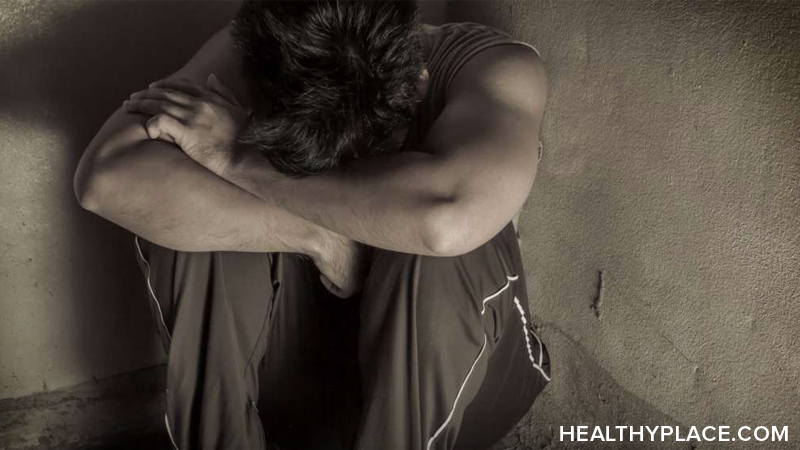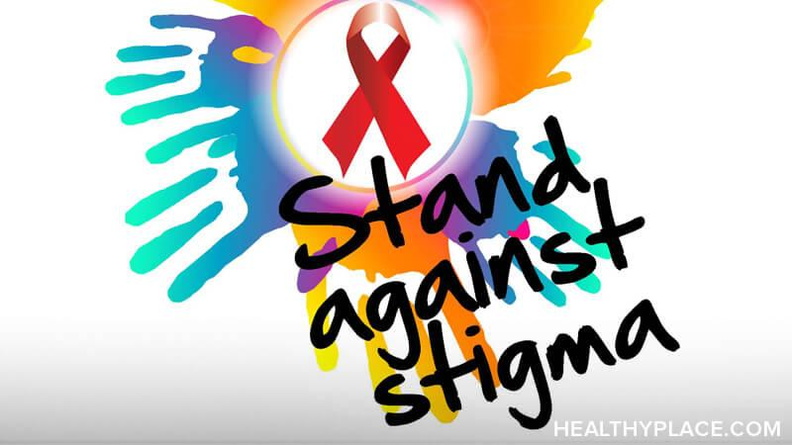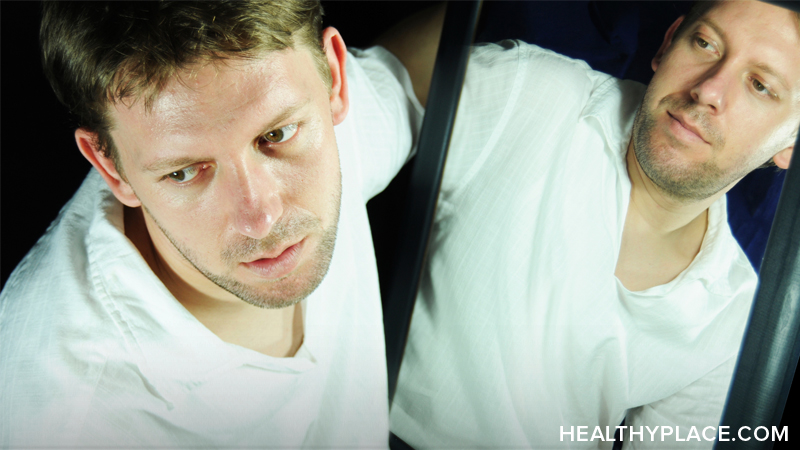
Teenagers and college students are using the social networks to create idealized identities, but is it psychologically healthy?
Students are creating idealized versions of themselves on social networking websites — Facebook and MySpace are the most popular — and using these sites to explore their emerging identities, UCLA psychologists report. Parents often understand very little about this phenomenon, they say.
"People can use these sites to explore who they are by posting particular images, pictures or text," said UCLA psychology graduate student Adriana Manago, a researcher with the Children's Digital Media Center, Los Angeles (CDMCLA), and lead author of a study that appears in a special November-December issue of the Journal of Applied Developmental Psychology devoted to the developmental implications of online social networking. "You can manifest your ideal self. You can manifest who you want to be and then try to grow into that.
"We're always engaging in self-presentation; we're always trying to put our best foot forward," Manago added. "Social networking sites take this to a whole new level. You can change what you look like, you can Photoshop your face, you can select only the pictures that show you in a perfect lighting. These websites intensify the ability to present yourself in a positive light and explore different aspects of your personality and how you present yourself. You can try on different things, possible identities, and explore in a way that is common for emerging adulthood. It becomes psychologically real. People put up something that they would like to become — not completely different from who they are but maybe a little different — and the more it gets reflected off of others, the more it may be integrated into their sense of self as they share words and photos with so many people."
"People are living life online," said Manago's co-author Patricia Greenfield, a UCLA distinguished professor of psychology, director of the CDMCLA and co-editor of the journal's special issue. "Social networking sites are a tool for self-development."
The websites allow users to open free accounts and to communicate with other users, who number in the tens of millions on Facebook and MySpace. Participants can select "friends" and share photos, videos and information about themselves — such as whether they are currently in a relationship — with these friends. Many college students have 1,000 or more friends on Facebook or MySpace. Identity, romantic relations and sexuality all get played out on these social networking sites, the researchers said.
"All of these things are what teenagers always do," Greenfield said, "but the social networking sites give them much more power to do it in a more extreme way. In the arena of identity formation, this makes people more individualistic and more narcissistic; people sculpt themselves with their profiles. In the arena of peer relations, I worry that the meaning of 'friends' has been so altered that real friends are not going to be recognized as such. How many of your 1,000 'friends' do you see in person? How many are just distant acquaintances? How many have you never met?"
"Instead of connecting with friends with whom you have close ties for the sake of the exchange itself, people interact with their 'friends' as a performance, as if on a stage before an audience of people on the network," Manago said.
"These social networking sites have a virtual audience, and people perform in front of their audience," said Michael Graham, a former UCLA undergraduate psychology student who worked on this study with Greenfield and Manago for his honor's thesis. "You're a little detached from them. It's an opportunity to try different things out and see what kind of comments you get.
"Sometimes people put forth things they want to become, and sometimes people put forth things that they're not sure about how other people will respond," he added. "They feel comfortable doing that. If they put something forward that gets rave reviews from people, it can alter the way they view their own identity. Through this experimentation, people can get surprised by how the molding goes."
Is this exploration of identity through these websites psychologically healthy?
"Every medium has its strengths and weaknesses, its psychological costs and benefits," said Greenfield, an expert in developmental psychology and media effects. "Costs may be the devaluing of real friendships and the reduction of face-to-face interaction. There are more relationships, but also more superficial relationships. Empathy and other human qualities may get reduced because of less face-to-face contact. On the other hand, new college students can make contact with their future roommates and easily stay in touch with high school friends, easing the social transition to college, or from one setting to another."
"I hate to be an older person decrying the relationships that young people form and their communication tools, but I do wonder about them," said Kaveri Subrahmanyam, associate director of the CDMCLA, professor of psychology at California State University, Los Angeles, and senior editor of the special journal issue. "Having 1,000 friends seems to be like collecting accessories."
Middle school is too young to be using Facebook or MySpace, Subrahmanyam believes, but by ninth grade, she considers the websites to be appropriate. She recommends that parents speak with their children, starting at about age 10, concerning what they do online and with whom they are interacting. Subrahmanyam notes that some of parents' greatest online fears — that their children will be harassed by predators or receive other unwanted or inappropriate Internet contact — have been decreasing, although parents may not know this.
In her own study in the journal, Subrahmanyam and colleagues Stephanie Reich of the University of California, Irvine, Natalia Waechter of the Austrian Institute for Youth Research and Guadalupe Espinoza, a UCLA psychology graduate student, report that, for the most part, college students are interacting with "people they see in their offline, or physical, lives."
"Young people are not going online to interact with strangers or for purposes removed from their offline lives," she said. "Mostly they seem to be using these social networking sites to extend and strengthen their offline concerns and relationships."
Research shows that adolescents who have discussed online safety with their parents and teachers are less likely to have a meeting with anyone they met online, Subrahmanyam noted.
"The best thing that parents can do is to have a rough idea of what their teens do online and have discussions with them about being safe online," she said.
What does having 1,000 friends do to your relationships with your true friends?
"Relationships now may be more fleeting and more distant," Manago said. "People are relating to others trying to promote themselves and seeing how you compare with them. We found a lot of social comparisons, and people are comparing themselves against these idealized self-presentations.
"Women feel pressure to look beautiful and sexy, yet innocent, which can hurt their self-esteem" she said. "Now you are part of the media; your MySpace profile page is coming up next to Victoria's Secret models. It can be discouraging to feel like you cannot live up to the flawless images you see."
"You're relating to people you don't really have a relationship with," Greenfield said. "People have a lot of diffuse, weak ties that are used for informational purposes; it's not friendship. You may never see them. For a large number of people, these are relationships with strangers. When you have this many people in your network, it becomes a performance for an audience. You are promoting yourself. The line between the commercial and the self is blurring.
"The personal becomes public, which devalues close relationships when you display so much for everyone to see," Greenfield added.
"Who we are is reflected by the people we associate with," Manago said. "If I can show that all these people like me, it may promote the idea that I am popular or that I associate with certain desirable cliques."
Not much remains private.
"You can be at a party or any public place, and someone can take a picture of you that appears on Facebook the next day," Manago said.
However, Graham said, the social networking sites can also strengthen relationships. He also said many people have "second-tier friends that they may have met once but would not have stayed in touch with if not for the MySpace or Facebook networks."
The study by Manago, Greenfield and Graham, along with co-author Goldie Salimkhan, a former UCLA psychology undergraduate major, was based on small focus groups with a total of 11 women and 12 men, all UCLA students who use MySpace frequently.
One male student in the study said of MySpace, "It's just a way to promote yourself to society and show everyone, 'I'm moving up in the world, I've grown. I've changed a lot since high school.'"
How honestly do people present themselves on these sites?
Another male student in a focus group said, "One of my friends from high school, I saw her profile and I was like, 'Whoa, she's changed so much from high school,' and I see her this summer and I'm like, 'No, she's exactly the same!' Her MySpace is just a whole other level."
"Just at the age where peers are so important, that's where social networking — which is all about peers — is very attractive," Greenfield said. "Just at the age where you're exploring identity and developing an identity, that's where this powerful tool for exploring identity is very appealing. These sites are perfectly suited for the expanded identity exploration characteristic of emerging adults."
Another study in the special issue of the journal, conducted by Larry Rosen of California State University, Dominguez Hills, and colleagues Nancy Cheever and Mark Carrier, shows that parents have high estimates of the dangers of social networking but very low rates of monitoring and of setting limits on their children.
Rosen and his colleagues found that a parenting style that is marked by rational discussion, monitoring of children, setting limits and giving reasons for the limits is associated with less risky online behavior by children.
Greenfield advises parents of adolescents not to give their child a computer with Internet access in his or her bedroom.
"But even with a computer in a family room, complete monitoring is impossible," she said. "Children have so much independence that parents have to instill a compass inside them. Seeing what they are doing on the computer and discussing it with them is a good way to instill that compass."
In an additional study in the journal that highlights the beneficial nature of Facebook "friends," Charles Steinfield, Nicole B. Ellison and Cliff Lampe of Michigan State University examine the relationship between Facebook use and social capital, a concept that describes the benefits one receives from one's social relationships. They focus on "bridging social capital," which refers to the benefits of a large, heterogeneous network — precisely the kind of network these sites can support.
Their article argues that there is a direct connection between students' social capital and their use of Facebook, and using data over a two-period, they found that Facebook use appears to precede students' gains in bridging social capital.
They also found that Facebook use appears to be particularly beneficial for students with lower self-esteem, as it helps them overcome the barriers they would otherwise face in building a large network that can provide access to information and opportunity.
"Young people do seem to be aware of the differences between their close friends and casual acquaintances on Facebook," Steinfield said. "Our data suggest that students are not substituting their online friends for their offline friends via Facebook; they appear to be using the service to extend and keep up with their network."
Source: University of California - Los Angeles (2008, November 22). Crafting Your Image For Your 1,000 Friends On Facebook Or MySpace.









